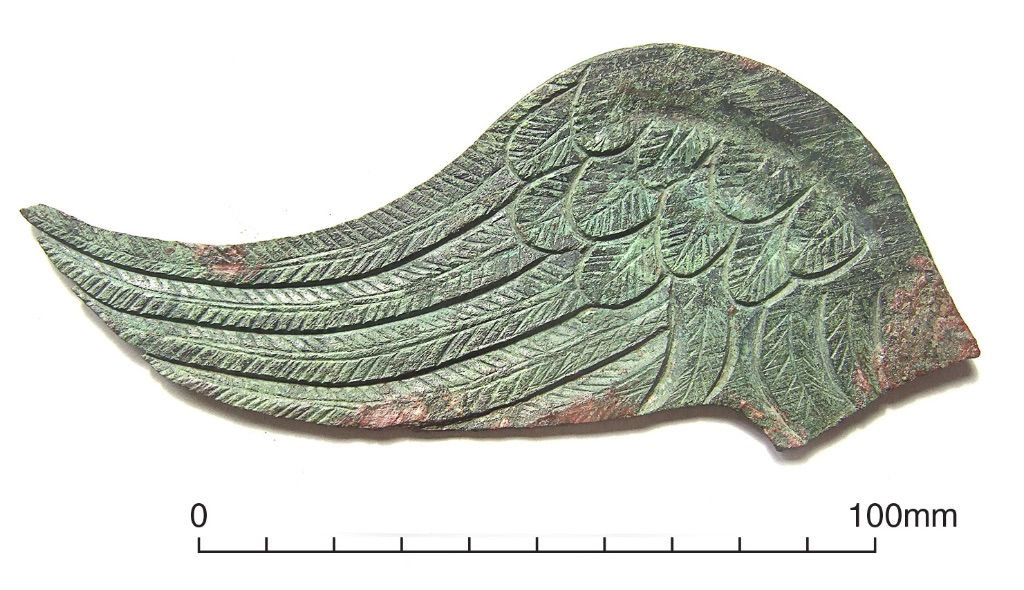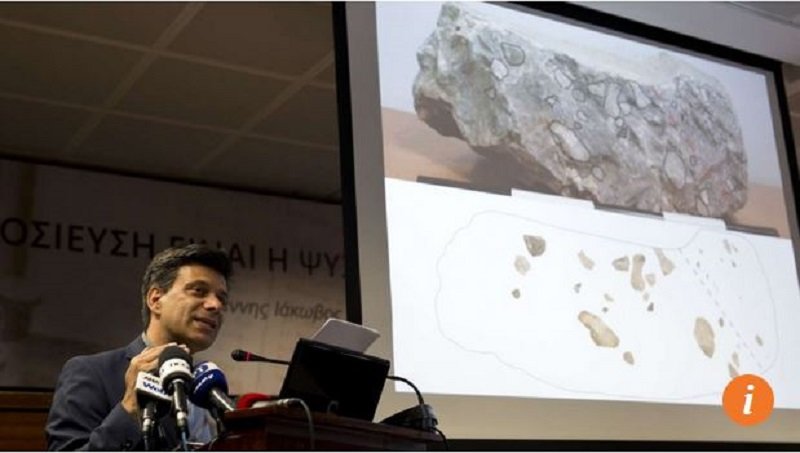
© Phys OrgNew findings by archaeologists reportedly reveal the scale of medieval cities hidden under the jungle, near the pictured Angkor Wat temple, to be significantly bigger than was previously known.
While the research has been going on for several years, the new findings uncover the sheer scale of the Khmer Empire's urban sprawl and temple complexes to be significantly bigger than was previously thought.
The research, drawing on airborne laser scanning technology known as lidar, will be unveiled in full at the Royal Geographic Society in London on Monday by Australian archaeologist Damian Evans.
"We always imagined that their great cities surrounded the monuments in antiquity," Evans told AFP.
"But now we can see them with incredible precision and detail, in some places for the very first time, but in most places where we already had a vague idea that cities must be there," he added.
Angkor Wat, a UNESCO World Heritage site seen as among the most important in southeast Asia, is considered one of the ancient wonders of the world.
It was constructed from the early to mid 1100s by King Suryavarman II at the height of the Khmer Empire's political and military power and was among the largest pre-industrial cities in the world.
But scholars had long believed there was far more to the empire than just the Angkor complex.





Comment: These horrible instances of British massacres are just a sample of British crimes against humanity. The pathological depths of British expansionism and domination over the last 300 years or so also brought atrocities to Burma and Indonesia, and across the wilderness of Africa, Canada and Australia, wiping out whole tribes and peoples.
British imperialism, like its offspring, US imperialism, has impacted every continent and peoples on this big blue marble. The British regime still does so today, directly or by proxy. And they call themselves civilized.
On the subject of great evil perpetrated by certain regimes, read Political Ponerology: A Science of Evil Applied for Political Purposes